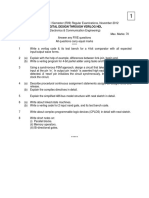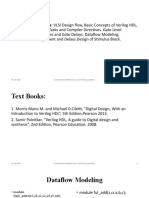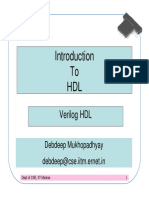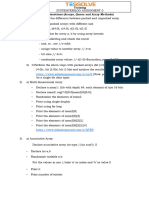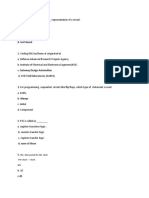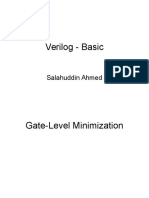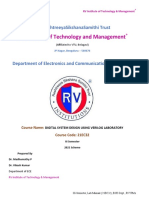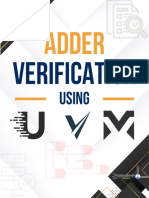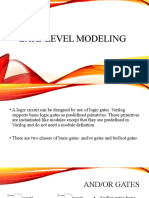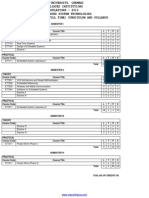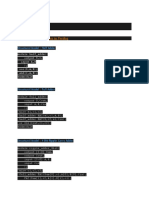100% found this document useful (1 vote)
249 views1 pageQuestion Bank On System Verilog
The document outlines key components of a verification methodology, including phases of simulation, the relationship between verification and design, and the structure of testbenches. It covers various SystemVerilog data types, including arrays and queues, and discusses the advantages of user-defined structures and layered testbenches. Additionally, it emphasizes the importance of verification guidelines for ensuring reliability and performance in complex verification scenarios.
Uploaded by
preranaaithal14Copyright
© © All Rights Reserved
We take content rights seriously. If you suspect this is your content, claim it here.
Available Formats
Download as PDF, TXT or read online on Scribd
100% found this document useful (1 vote)
249 views1 pageQuestion Bank On System Verilog
The document outlines key components of a verification methodology, including phases of simulation, the relationship between verification and design, and the structure of testbenches. It covers various SystemVerilog data types, including arrays and queues, and discusses the advantages of user-defined structures and layered testbenches. Additionally, it emphasizes the importance of verification guidelines for ensuring reliability and performance in complex verification scenarios.
Uploaded by
preranaaithal14Copyright
© © All Rights Reserved
We take content rights seriously. If you suspect this is your content, claim it here.
Available Formats
Download as PDF, TXT or read online on Scribd
/ 1


